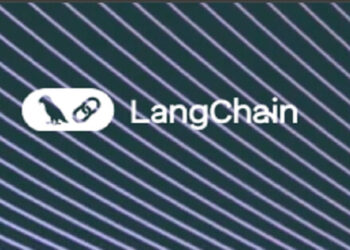- David Marcus, the co-founder of the embattled Diem stablecoin, has spoken his mind about the futures of Bitcoin and Ethereum.
- He thinks BTC will remain the leader for the next two decades plus, while ETH risks flipping by other altcoins such as Solana.
David Marcus, a former Meta executive and co-founder of the controversial Diem stablecoin project, has shared his views on Bitcoin and Ethereum, including their potential futures.
Bitcoin (BTC) will retain its leadership position in the crypto segment in the next 20+ years, so he says. Additionally, its market value will increase at a compounding interest over time. His conviction is based on reasons that the crypto asset is independent – no reliance on a specific leader or agency. Bitcoin is also censorship-resistant, setting it apart from centralized corporate and government digital systems.
Notably, central bank digital currencies (CBDCs) have been criticized for giving “too much” power and surveillance to central banks and governments, and resultantly breaching user privacy.
Marcus goes on to note that every additional user of the Bitcoin blockchain adds to its network effect. All these attributes make the cryptocurrency unique and unable to be replicated, thus the entrepreneur tweets:
#Bitcoin is truly leaderless, censorship resistant, and has much greater network effects. In essence, it’s unique and cannot ever be replicated. Its creation truly was the Big Bang event of crypto.
It’s become clear to me that #Bitcoin will be the one asset and L1 still around in 20+ years with increased compounding relevance over time. The #2 slot (for a different use case) is still tbd. #Ethereum is in the lead for now, but #Solana and others nipping at their heels. 1/2
— David Marcus – dmarcus.eth (@davidmarcus) February 1, 2022
The future of Bitcoin and Ethereum
While Marcus expresses certainty about Bitcoin, he cannot pinpoint one network that will flip the current second-best in the market. Since Ethereum went live in 2015, it has retained its position as the only second best to Bitcoin. Its dominance has also been felt in the non-fungible token (NFT) and decentralized finance (DeFi) spaces.
The network has, however, been plagued by scalability challenges and high gas fees, among other issues. Presently, Ethereum developers are working to solve these challenges using the consensus layer, which is to go live this year. But these events don’t completely convince Marcus that the network will hold on to its post in upcoming years.
According to him, Solana (SOL) and “others” are coming up fast against Ethereum. Solana specifically, is strongly claiming this position with innovations, such as the recently announced merchant payment system Solana Pay. Utilization of the eco-friendly proof-of-stake algorithm, high transaction speed with low costs have also worked to its advantage. Nonetheless, the blockchain experiences outages now and then. A $320 million hack this week also opened up the vulnerabilities in its Wormhole bridge, further making its future as an “Ethereum killer” moot.
Further notes
The “others,” such as Polkadot (DOT) and Cardano (ADA) have also proved themselves strong candidates for outdoing Ethereum. The future of altcoins is generally dependent on innovations and developments, user experience, cost dynamics, and the ability to address major social and environmental concerns. And as much as Cardano founder Charles Hoskinson has said there is space for all of them to co-exist, competition remains important. Networks get to level up to retain their relevance while users benefit from diverse services at affordable costs.
Related: Cardano’s founder Charles Hoskinson commends Solana as it reaches new ATH
Credit: Source link












































